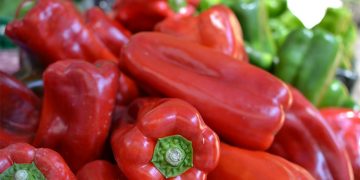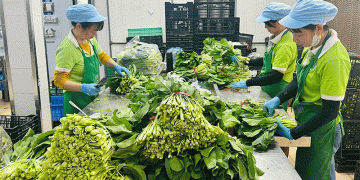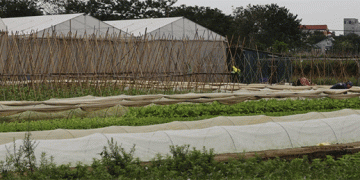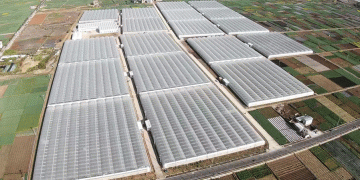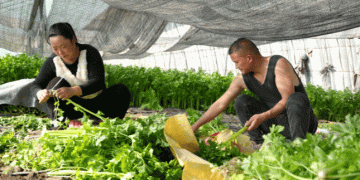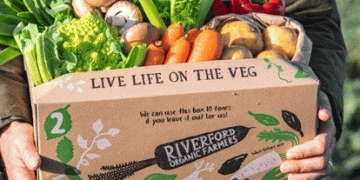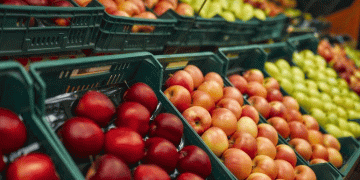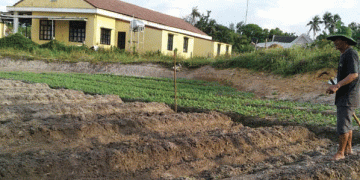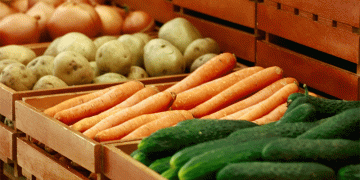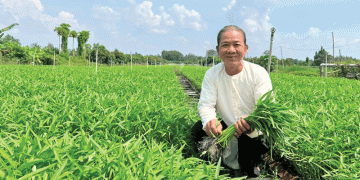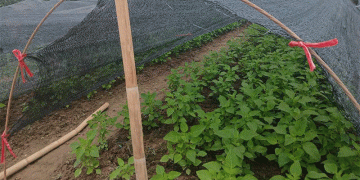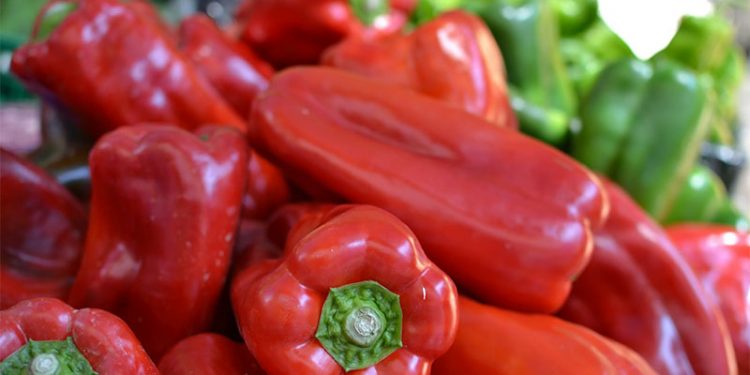The latest trade data reveals that Almería, Spain’s agricultural powerhouse, has further strengthened its dominance in the global pepper export market. According to Hortoinfo, Almería exported 530.62 million kg of peppers in 2024, accounting for 12.81% of global exports and 62.82% of Spain’s total pepper shipments. This marks a 9% increase compared to 2015, showcasing sustained growth in production and international demand.
Key Export Comparisons (2024 Data)
- Almería (Spain): 530.62 million kg (€1.02 billion, avg. €1.93/kg)
- Netherlands: 421.82 million kg (€1.05 billion, avg. €2.50/kg)
- Morocco: 266.47 million kg (€389.72 million, avg. €1.46/kg)
- Turkey: 165.25 million kg (€240.47 million, avg. €1.46/kg)
Almería’s exports were 25% higher than the Netherlands, 99% more than Morocco, and a staggering 221% above Turkey’s volumes. Despite the Netherlands achieving a higher average price per kg (€2.50 vs. Almería’s €1.93), Spain’s competitive production costs and favorable climate continue to drive its export supremacy.
Why Is Almería Outperforming Competitors?
- Climate & Technology: Almería’s semi-arid climate and advanced greenhouse technologies enable year-round high-yield production.
- Cost Efficiency: Lower labor and energy costs compared to the Netherlands make Spanish peppers more price-competitive.
- EU Market Access: Proximity to European consumers reduces logistics expenses, unlike Morocco and Turkey, which face higher transport costs.
Market Implications
- For Farmers & Exporters: Almería’s success highlights the importance of scaling production efficiently while maintaining quality.
- For Competing Regions: The Netherlands must focus on premium varieties to justify higher prices, whereas Morocco and Turkey could benefit from improving post-harvest logistics to reduce losses.
Almería’s pepper export dominance underscores the region’s agricultural innovation, cost advantages, and strategic market positioning. While the Netherlands remains a high-value competitor, emerging players like Morocco and Turkey must invest in technology and supply chain efficiency to close the gap. For global agribusiness stakeholders, these trends emphasize the need for sustainable intensification and market-driven production strategies.
